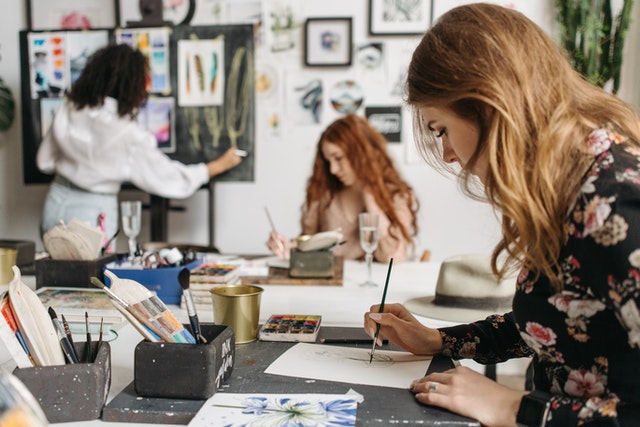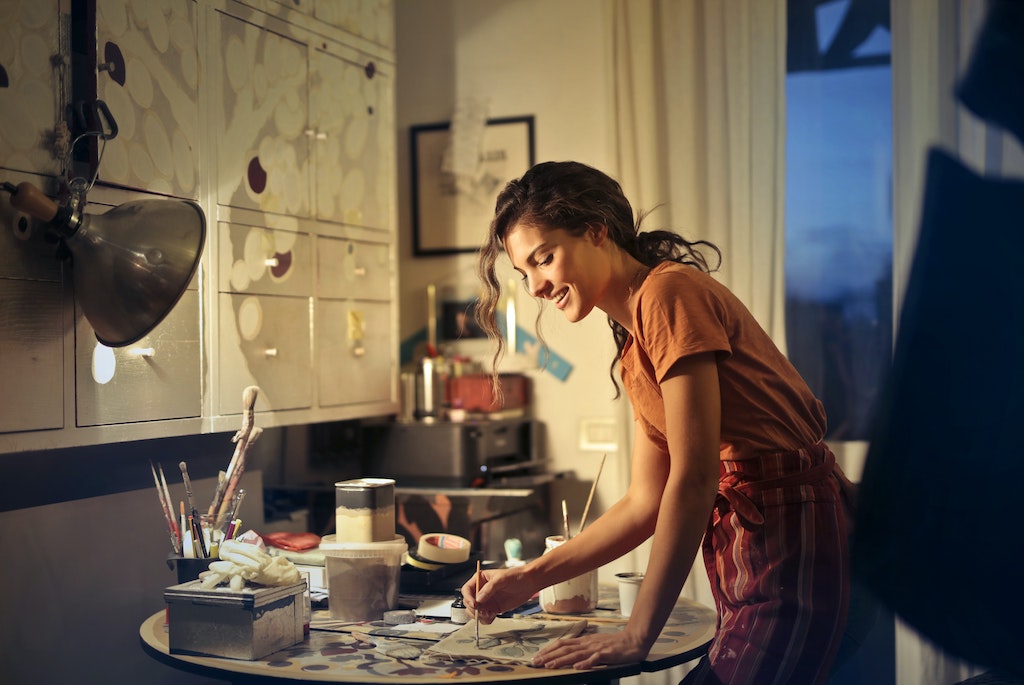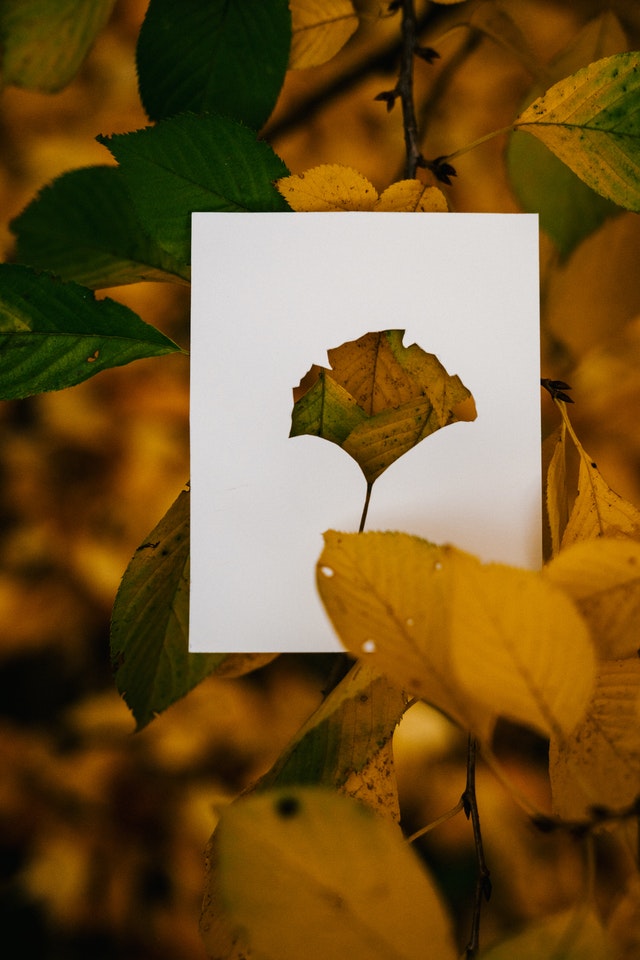
Written by Jennifer Hahn Masterson, Guest Writer
Mental health is just as important as physical health. According to University of Alabama Birmingham neuroscience professor and American Art Therapy Association former president Christianne Strang, “creativity in and of itself is important for remaining healthy, remaining connected to yourself, and connected to the world.”
Your creativity can be expressed in any kind of art such as painting, drawing, sculpting, knitting, scrapbooking, and many others. There’s no limit to what you can do to exercise your creative juices.
In other words, engaging in any kind of art considerably improves your well being. In fact, several institutions in the US are including “art therapy” to help patients deal with depression, anxiety, emotional trauma, and psychological distress. The US military even introduces painting, sketching, scale modeling, and other forms of art to help veterans deal with post traumatic stress disorder (PTSD).

Here are just a few ways how art can boost up your brainpower:
- Doing art helps reduce stress. When you’re concentrating on your art, you take a break from the usual, monotonous thoughts that bombard you each day.
- Doing art puts you into a meditative state, temporarily pushing aside your worries.
- Creating art allows you to discover yourself. You will realize that you have amazing talents and skills deep that you’ve just awakened in your subconscious. This often leaves you inspired, excited, and ready to take on new things.
- When you look at the art-piece that you made with your very own hands, you feel a feeling of accomplishment. You feel proud of what you did, subsequently, improving your self-confidence and self-appreciation.
- Creating art is a healthy outlet for your emotions. Your emotions—sadness, insecurity, doubt, envy, pride, happiness, and others—are often difficult to express in words. But what you can’t express in words, you can express in your art. When you’re done, you can see the visualization of your feelings.
- Art keeps your brain healthy by keeping neuro-chemical reactions working efficiently. According to studies done by internationally renowned pioneer of neuron regeneration research Dr. Lawrence Katz, mental decline is primarily attributed to the reduced or breakdown communication between brain cells. This is quite a revelation contrary to the traditionally held belief that the condition is caused by the degradation of brain cells. Working on art is part of “neurobics,” a phrase created by Dr. Katz to refer to brain exercises that utilize your senses in novel ways.

In the past, scientists have determined that the right hemisphere of the brain is the source of imagination and creativity. The left side is more prominent and active when analysis and logic are required. From these past findings came stereotypes that creative people use the brain’s right hemisphere more often. Conversely, analytical people fire up their left brain.
More recent research, however, has rendered the concept of left-brain/right-brain dominance as obsolete and debunked. Through magnetic resonance imaging (RSI), scientists have found out that when you’re doing something creative or analytical, both hemispheres of your brain are actually communicating with each other using neuro-chemicals.
In other words, the complex mental activities and functions of a person as he works on a piece of art, writes a book, plays or listens to music, or learns a new language require the entire brain to work.
This is why many of the great minds in world history such as Albert Einstein or Leonardo da Vinci were both creative and analytical at the same time.

Crafting as an Eco-friendly Art
We now know that doing something creative such as engaging in art is mentally and psychologically healthy. The nice thing is that art doesn’t have to involve buying new media—oil paint, acrylic paints, watercolor, sculpting clay, and more. After all, high-quality art media costs a fortune.
What you can do is make new items from everyday objects. Yes, recycling waste materials and common items that people readily find at home has become a favorite pastime for a lot of people. Not only do you exercise creativity and reap the benefits of good mental health, you will also do positive things for the environment.
According to current waste generation and recycling statistics, the US generates a third of all waste generated in the world. The country makes up 4% of the global population yet contributes to 12% of the global waste. The sad thing is that only a little of this waste material goes to a recycling process.
But if you have a creative and artistic mind, you can definitely help lessen the waste dumped into the environment and increase recycling rates. You give new life to products that would have otherwise been thrown away. In addition, if you create a revolutionary piece of crafts or if your results are high-quality, you can definitely make money out of your craft.
Here are some ideas that you may want to tinker about in creating stunning artwork from ordinary things or waste:
- Empty cans: clean them up, apply some primer, and paint them. Apply some stencils, scrapbooking material, colored strings, and ribbons. Now you can use them as pencil holders, containers for your art material, or small vases.
- Wine bottles: rinse them out. Pour some sand or small pebbles until it fills about a quarter of the bottle. Add water until it reaches half the bottle. Put some freshly cut flower stalks inside.
- Old clothes: repurpose old clothes. For example, with a few cuts and stitches, you can transform an old oversized shirt into a sexy crop top. Apply some straps to a large scarf that you’re not using anymore, and you just made yourself a Vietnamese yem. There are more videos and tutorials in the web on how to transform old clothes into stylish jumpers, bathing suits, short pants, hoodies, and more.
- Styrofoam packaging: The thick Styrofoam packaging material that comes along with your brand new appliance is a treasure if you’re a scale model builder or a tabletop wargamer. Cut them into sections, apply some gizmos, and paint them. They can be made into bunkers, thick concrete barricades, buildings, and other structures for your dioramas or tabletop terrain.
- Plastic bottles: rinse out and cut a small slot at one side of the bottle. Decorate the bottle with paints, scrapbook material, and other odds and ends. Now, you have a piggy bank where you can keep your extra money until you need it later.
- Cardboard tubes: Cut a large circle of cardboard; this serves as your base. Glue upright a long piece of cardboard tube (e.g., the cardboard tube from a roll of foil or wax paper). Set aside. Cut several toilet paper cardboard tubes in half. Seal one end by gluing a piece of round cardboard that is enough to cover that opening. Glue each of the sealed toilet-paper tubes to the main large tube at various points. Paint and decorate. Now, you have a multi-level jewelry box that you can use to organize your trinkets.
These are just some of the ideas we can think of. You can find a thousand more ideas in crafting videos, blogs, and websites.
It’s pleasantly surprising to know that doing artwork can help the environment. So get your creative juices flowing, take out those paints and brushes, and turn those everyday objects to visual masterpieces.
About the Author
Jennifer Hahn Masterson is a lifestyle blogger and senior content strategist at Spread the Word Solutions, having a keen interest in a wide array of topics related health, design, fashion and travels. In her leisure time, she likes to immerse herself in a good book and try to satisfy her perpetual wanderlust. You can check her out on LinkedIn and Twitter.






Leave a reply